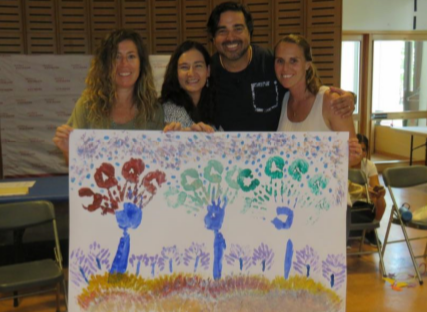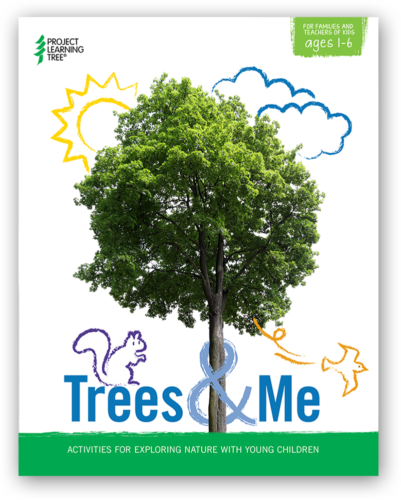
Project Learning Tree® (PLT) released a new resource today for families and teachers to connect children ages 1–6 to nature, with a focus on trees. Trees & Me: Activities for Exploring Nature with Young Children offers hundreds of ideas for fun, indoor and outdoor, learning experiences for toddlers and preschoolers to explore nature through their senses, experience trees throughout the seasons, and connect with their community.
The hands-on activities are designed for families and caregivers, childcare providers, and early childhood or PreK-Grade 1 educators to use in a range of settings, including preschools, childcare and nature centers, and at home. Special instructions tailor many experiences for children under 3 years of age.

Get your copy of Trees & Me from PLT’s Shop, from Amazon and other places where books are sold, or by attending a local PLT workshop conducted by PLT’s 50-state network of 75 coordinators and 1,000 facilitators across the country.
“Trees & Me combines the fascination that young children have for trees with research-based findings about the lifelong benefits of early exposure to nature,” says Jaclyn Stallard, PLT’s Director of Curriculum. “The learning experiences improve children’s emotional and physical well-being, enhance literacy, math, and critical thinking skills, promote positive social behavior, and make kids more likely to care about their environment throughout their lives.”
Easy-to-Do, Hands-On Activities, Loaded with Fun Features
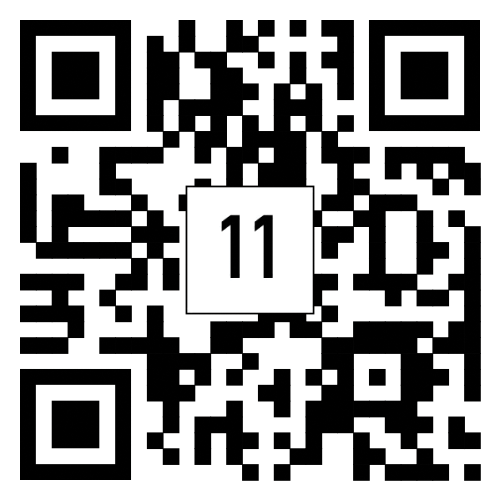
Caregivers can easily adapt the 12 hands-on activities to meet each child’s unique needs, the different environments where they live, and the materials available.
“I love seeing so many options in the PLT Trees & Me guide that make it really easy to use, like the QR codes that grant access to songs for the Music and Movement activities,” said Tia R. Prostko, Early Childhood Well-Being Coach at South Carolina Program for Infant/Toddler Care in Easley, South Carolina, one of hundreds of educators and childcare providers who field-tested the activities with children.
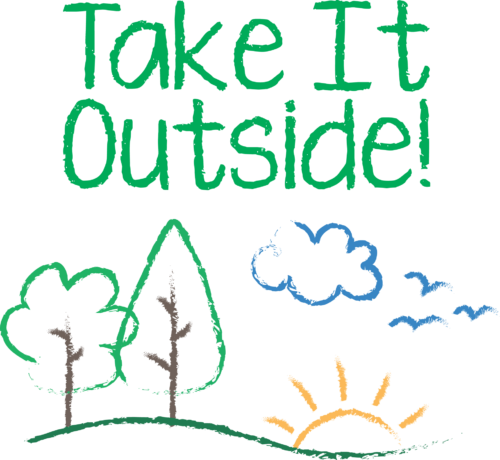
“It’s also a wonderful resource for teachers who aren’t quite as comfortable yet with teaching outdoors or using nature for learning,” she added. “Each activity includes specific suggestions with the “Take It Outside!” box, and there’s enough information in the “Background for Adults” sections for answering the questions of “why?” that are basically guaranteed in a preschool environment!”
Within each Background section there are Forest Facts, designed for adults, that connect an activity’s theme to forests.
A Plethora of Learning Tools
![]()
The ideas for learning featured in the Group Experiences and Free Exploration sections empower children to work independently and in groups.
Art is integrated throughout the guide and children practice STEM through ten essential skills, integrating science, technology, engineering, and math. They also explore careers through dramatic play and skill practice that plant ideas for a child’s future.
Early Learning Standards
The activities connect with early learning standards in science, English language arts, math, and social studies—as well as programs like the National Association for the Education of Young Children (NAEYC), Head Start, and established nature-based preschool practices—so children learn concepts they need to succeed in school.
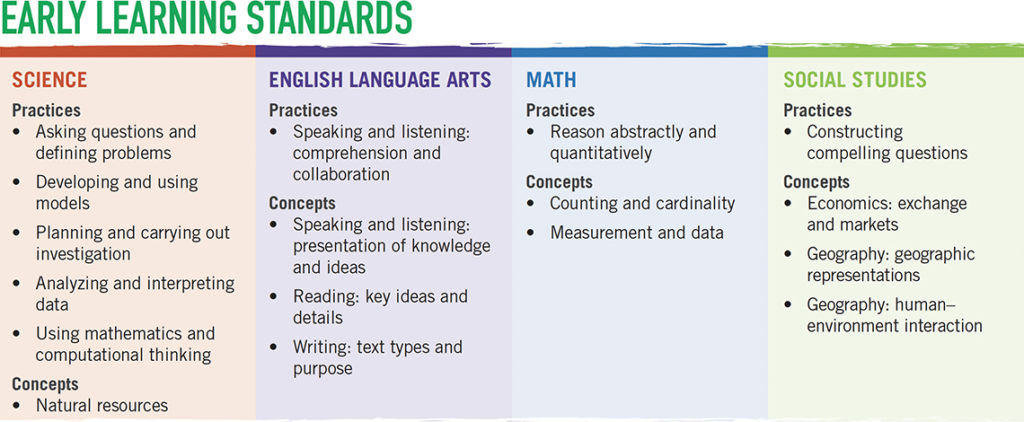
“Including the career connections of relevant community helpers, such as farmers, park rangers, foresters, and scientists, is an easy foray into the “what do you want to be when you grow up?” conversation,” said Jessica Kratz, Coordinator at Greenbelt Nature Center in Staten Island, New York. “Kids are conditioned to want to be the types of “helpers” they hear about, and this is a perfect way to begin.”
Learning in Preschool, Reinforced with Learning at Home
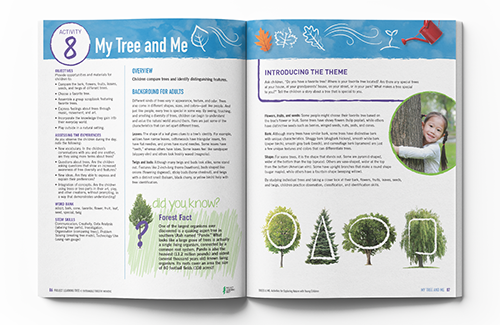
Trees & Me includes many supporting resources, such as tested techniques for engaging early learners, tips for outdoor learning, and bringing nature inside.

It also suggests ways to connect parents as partners in their child’s education.
Family & Friends pages reinforce a child’s learning at school with learning experiences at home, including ways to help out in the community.
Other unique and distinguishing features include Traditional Knowledge and a Gratitude Walk, and Woodworking with real tools.
“Trees & Me offers something for everyone and anyone who cares for the future of a young child,” said Linda Kinney, Education Specialist and Manager Playful Pedagogy at North Carolina Zoological Park in Asheboro.
Explore the Guide
Learn more about the Trees & Me activity guide and its supporting resources at www.plt.org/treesandme.
Watch this 4-minute video to explore some of the guide’s features:
Purchase the 176-page guide now from Shop.PLT.org or get it through your PLT state program by attending an in-person or virtual professional development workshop. Find contact information for your state at www.plt.org/yourstate.
The guide comes with a self-guided, online interactive tutorial to help you get the most out of Trees & Me based on how you interact with young children. Choose your path as a childcare provider, Pre-K-Grade 1 educator, or as a parent, caregiver, or nonformal educator.


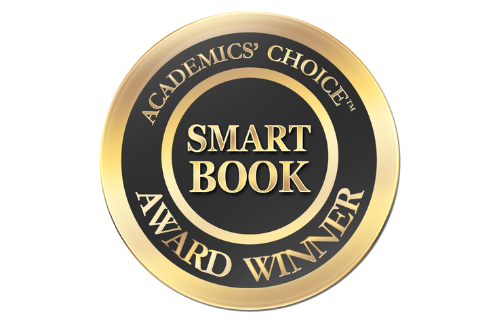

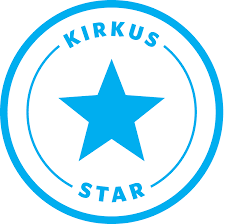



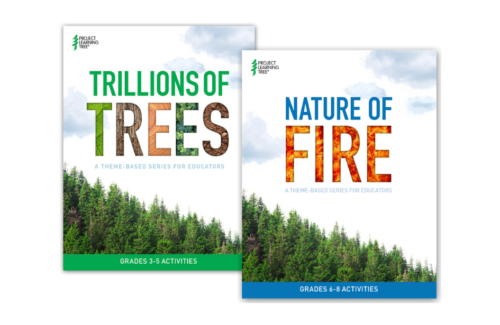
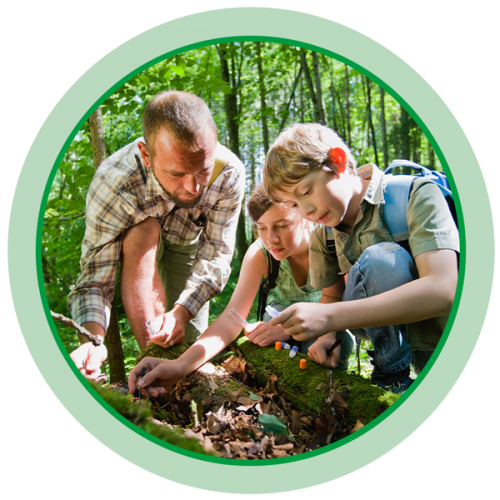
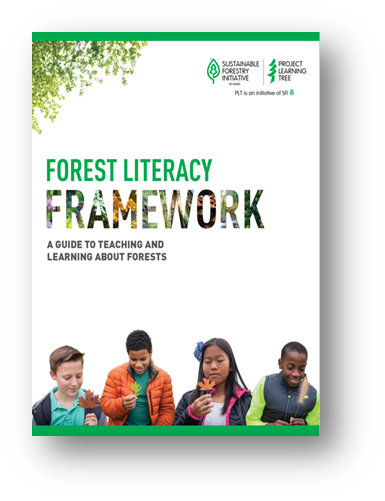
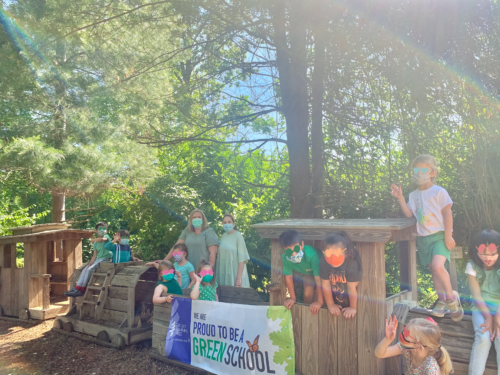 The
The 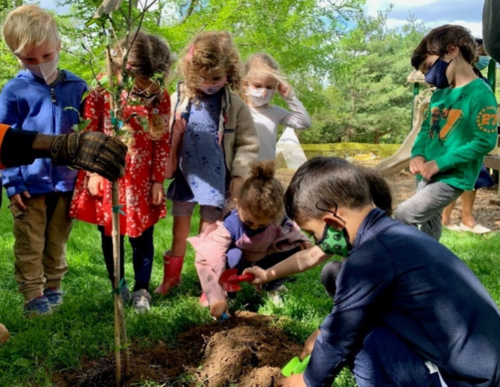
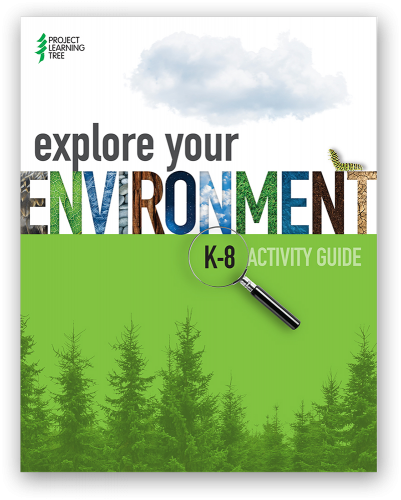 Project Learning Tree® (PLT) released a new curriculum guide today to engage kindergarten through grade 8 students in exploring their environment. Fifty field-tested, hands-on activities integrate investigations of nature with science, math, English language arts, and social studies.
Project Learning Tree® (PLT) released a new curriculum guide today to engage kindergarten through grade 8 students in exploring their environment. Fifty field-tested, hands-on activities integrate investigations of nature with science, math, English language arts, and social studies.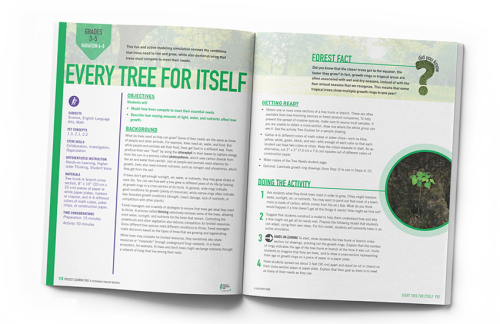
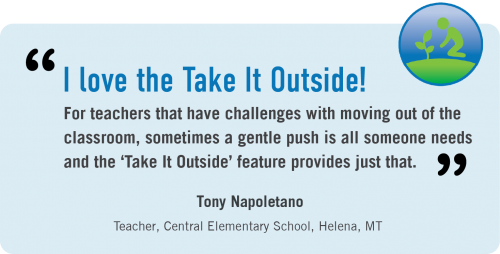
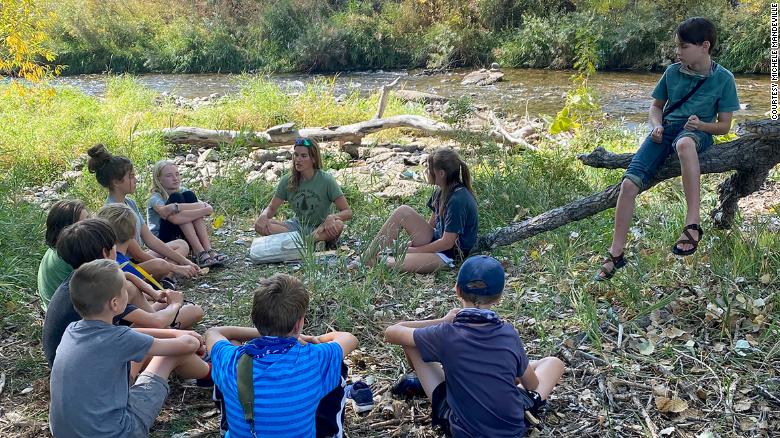
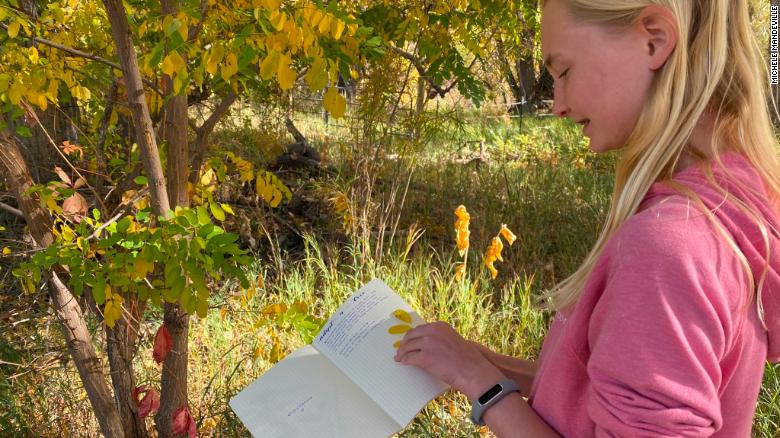
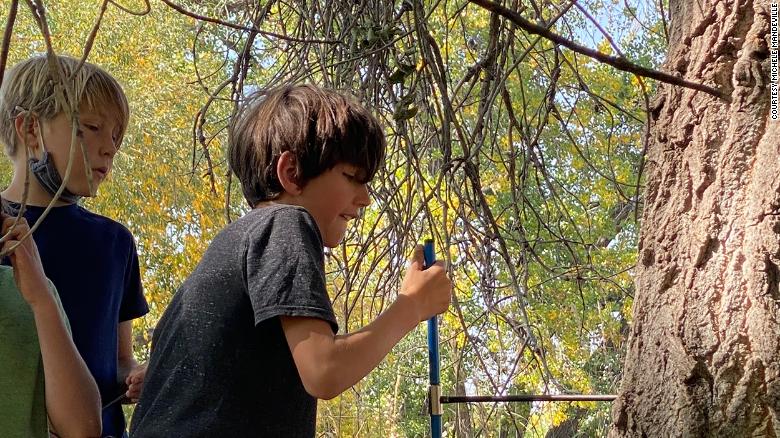
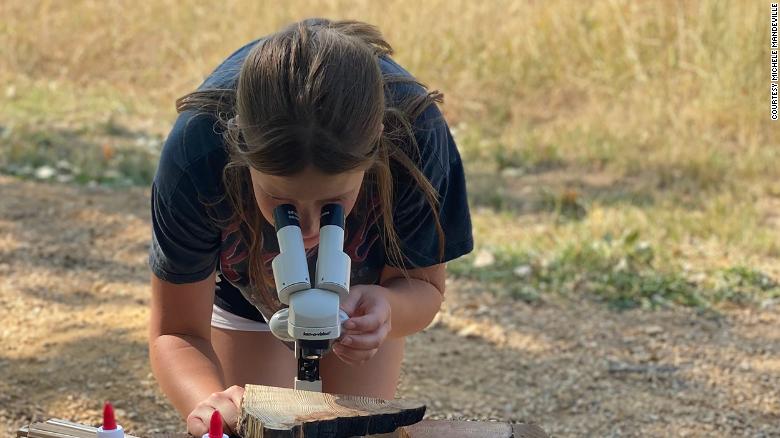
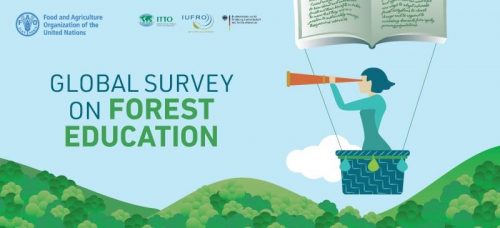
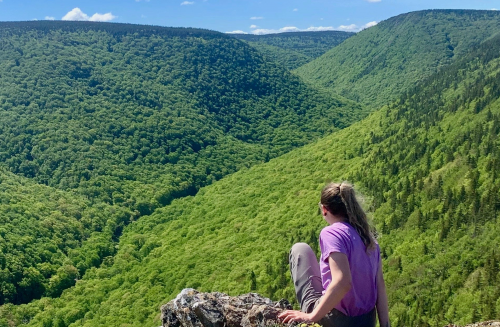

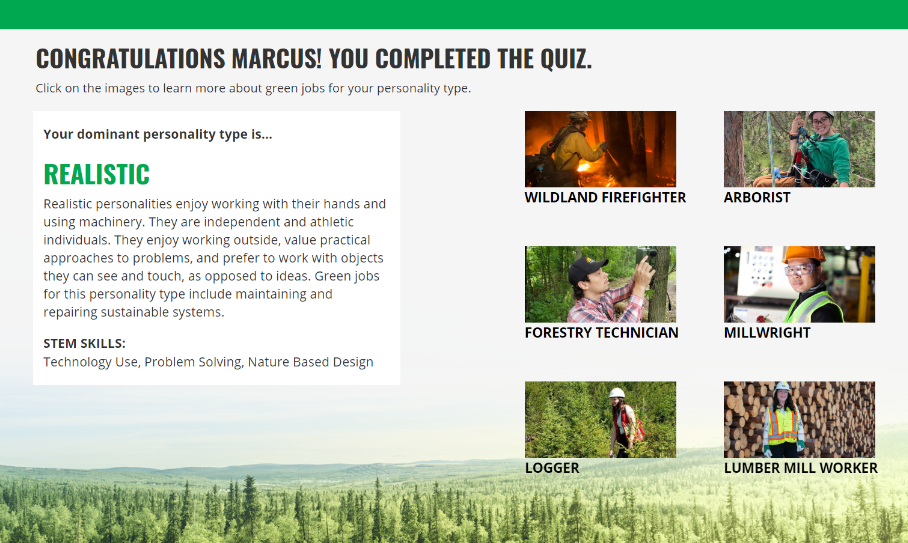
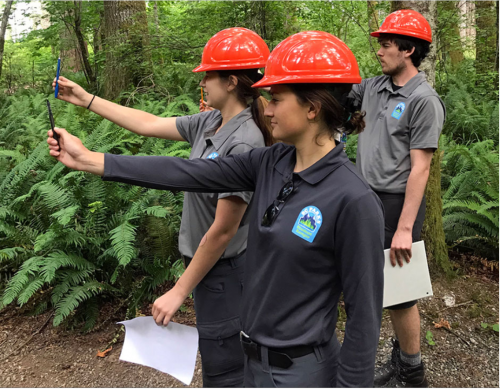

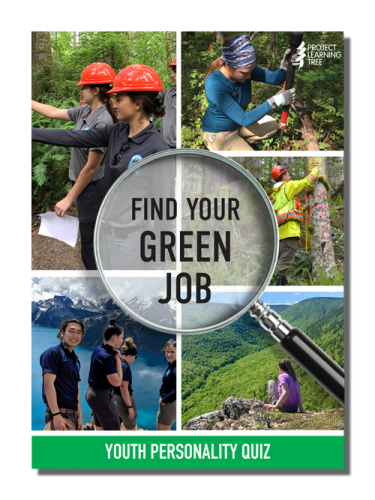
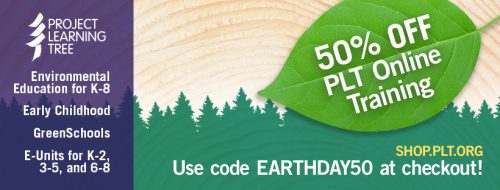 All of us at Project Learning Tree want to say first and foremost that we hope you and your families are safe and well.
All of us at Project Learning Tree want to say first and foremost that we hope you and your families are safe and well.